Saturn Tessellation
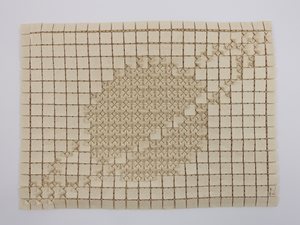
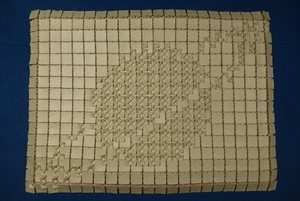
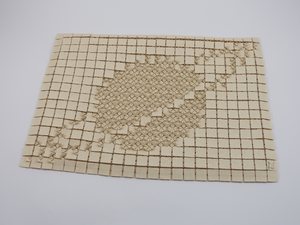
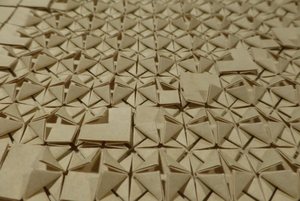
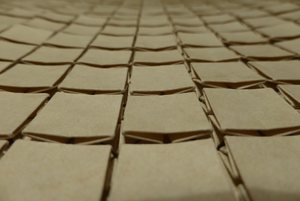
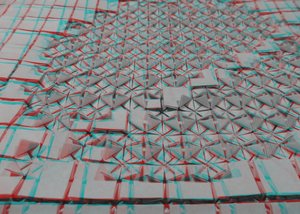
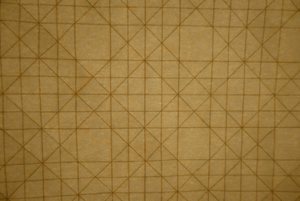
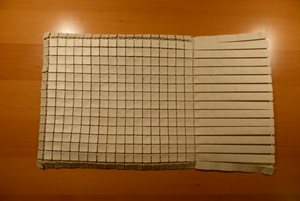
This tessellation is based on a 128×92 grid. Image is created from a four-sink-base tessellation by folding up some of the squares’ corners. While I’ve seen a number of designs using this molecule, I haven’t so far seen it used as a way of rendering bitmaps in paper. Since each sink-base molecule makes up four pixels, the “on” pixels are not all identical, which adds some interesting variation to the image. Certainly one could use a more complex fold to distinguish the on and off pixels, but I went for simplicity.
Compared to the other approaches I’ve seen so far, such as EZ tessellation or variations on square twists, this design has the advantage of being flat. However, when one looks from the side, one can get a feeling of depth like in a woodcut or another printmaking technique: the pixels look as if eaten away from the smooth background. The anaglyph image (for viewing with red-cyan glasses) gives an idea of the depth.
Following the woodcut analogy, I tried to make a print using this tessellation (through paper in order to not discolor it) but it didn’t work out. However, I think that using origami tessellations for printing is an idea worth exploring.
One of the images shows the tessellation after folding the basic molecules but before folding any corners in order to create the image (so it’s basically a pure four-sink base tessellation at that phase).
Comments